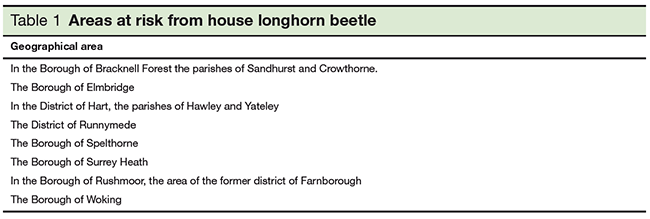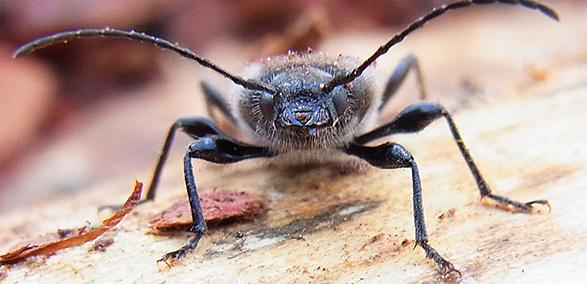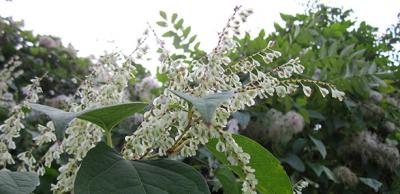Are you a (House Longhorn) beetles fan?
Most of us are familiar with the treatment of timber to protect it from rot and woodworm, both for new work and in remedial treatment once damage is apparent.
But what about when there are no real signs of infestation?
Approved Document A makes reference to a notorious beetle called the House Longhorn Beetle and requires specific protection if building work is being carried out in the Surrey area (see Table 1 below). The main characteristic of infestation is that there are very few exit holes in the timber so it’s difficult to know it’s there.
The life cycle from egg to egg typically takes two to ten years, depending on the type of wood, its age and quality, the moisture content, and other environmental conditions such as temperature.
The larvae have a voracious appetite and create 6-10mm oval tunnels within the sapwood that are extensive and can join up to cause almost the complete disintegration of the sapwood but still leave a thin, intact, surface skin, only eventually emerging at maturity through a 10mm hole.
The adults have a 3-week life when they mate and lay fresh eggs on timber, the larvae eat into the timber and the cycle begins again.

What damage can they cause?
They can cause serious structural damage to roofs and in quiet summer months can be heard ‘munching’ the timber.
This is similar to the death watch beetle, another wood-boring insect that got its name from its tapping or ticking noise.
Associated with quiet, sleepless nights they were named for the watch they seemed to keep beside the dead or dying and lived predominantly in oak timber framed houses.
As they have been found in London and we’re not quite sure how the beetles know where the local authority boundaries are, it’s sensible to take precautions nearby.
Outbreaks are reported to the wood protection agency so maps would be updated as and when sufficient data is collected to evidence any spread in population.
Further information
WPA Manual: Industrial Wood Preservation
(Thanks to beetle expert Siga for the use of the image.)
Please Note: Every care was taken to ensure the information was correct at the time of publication. Any written guidance provided does not replace the user’s professional judgement. It is the responsibility of the dutyholder or person carrying out the work to ensure compliance with relevant building regulations or applicable technical standards.
Sign up to the building bulletin newsletter
Over 48,000 construction professionals have already signed up for the LABC Building Bulletin.
Join them and receive useful tips, practical technical information and industry news by email once every 6 weeks.
Subscribe to the Building Bulletin




Comments
Classification of giant beetles with long feelers
Submitted 4 years 8 months ago
Add new comment